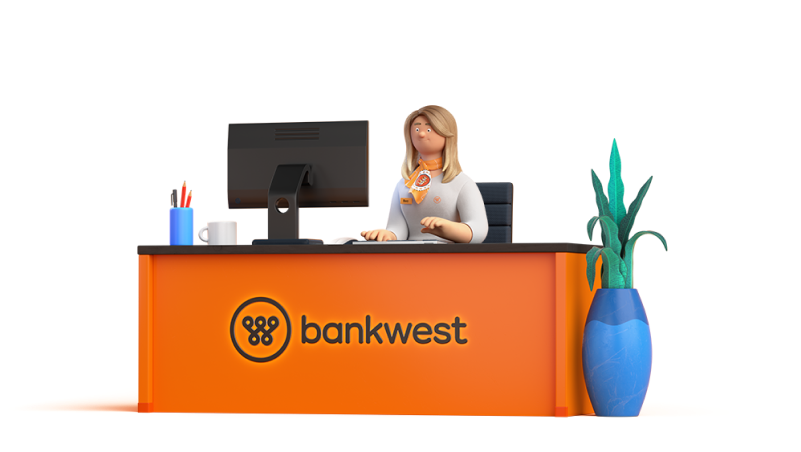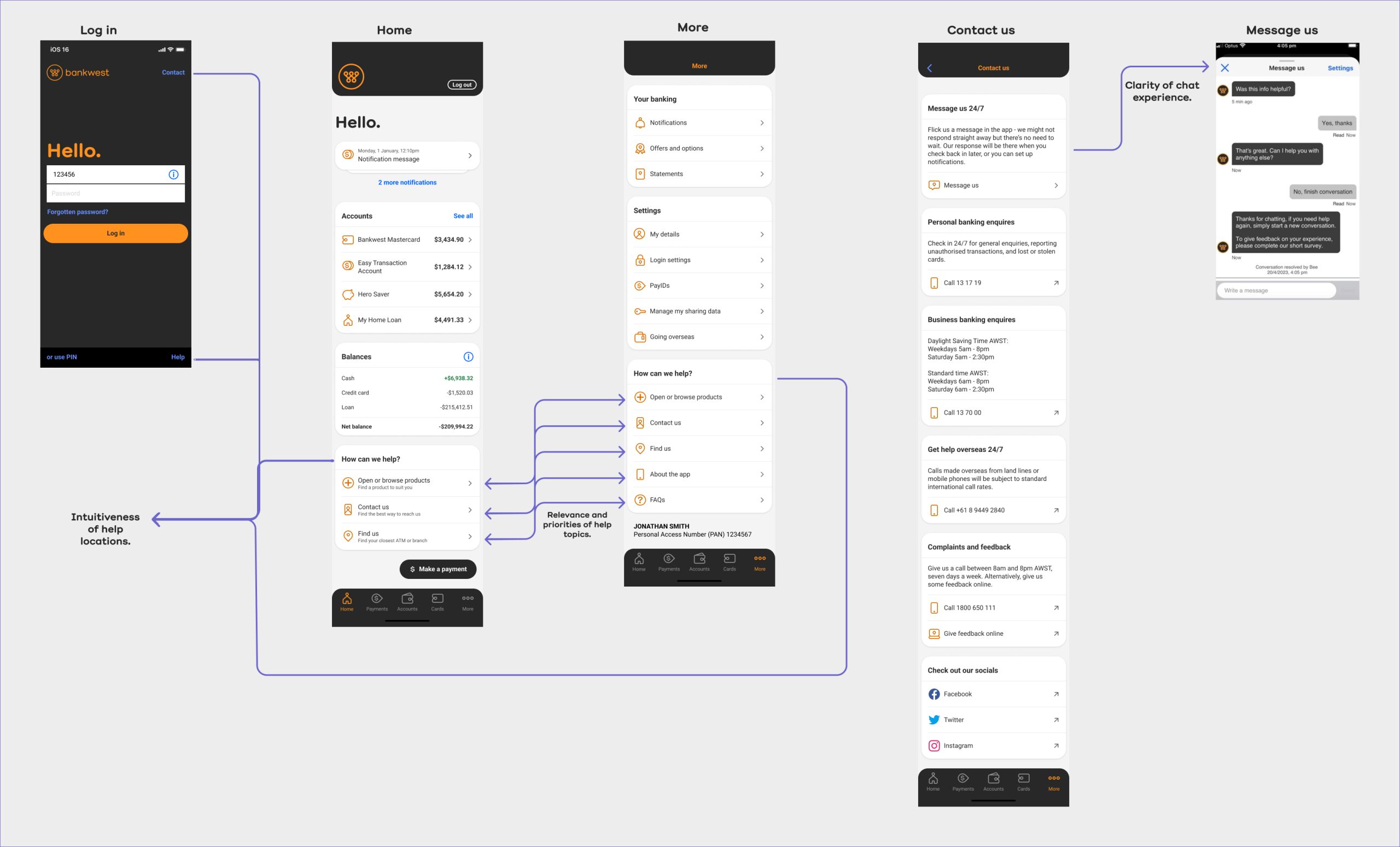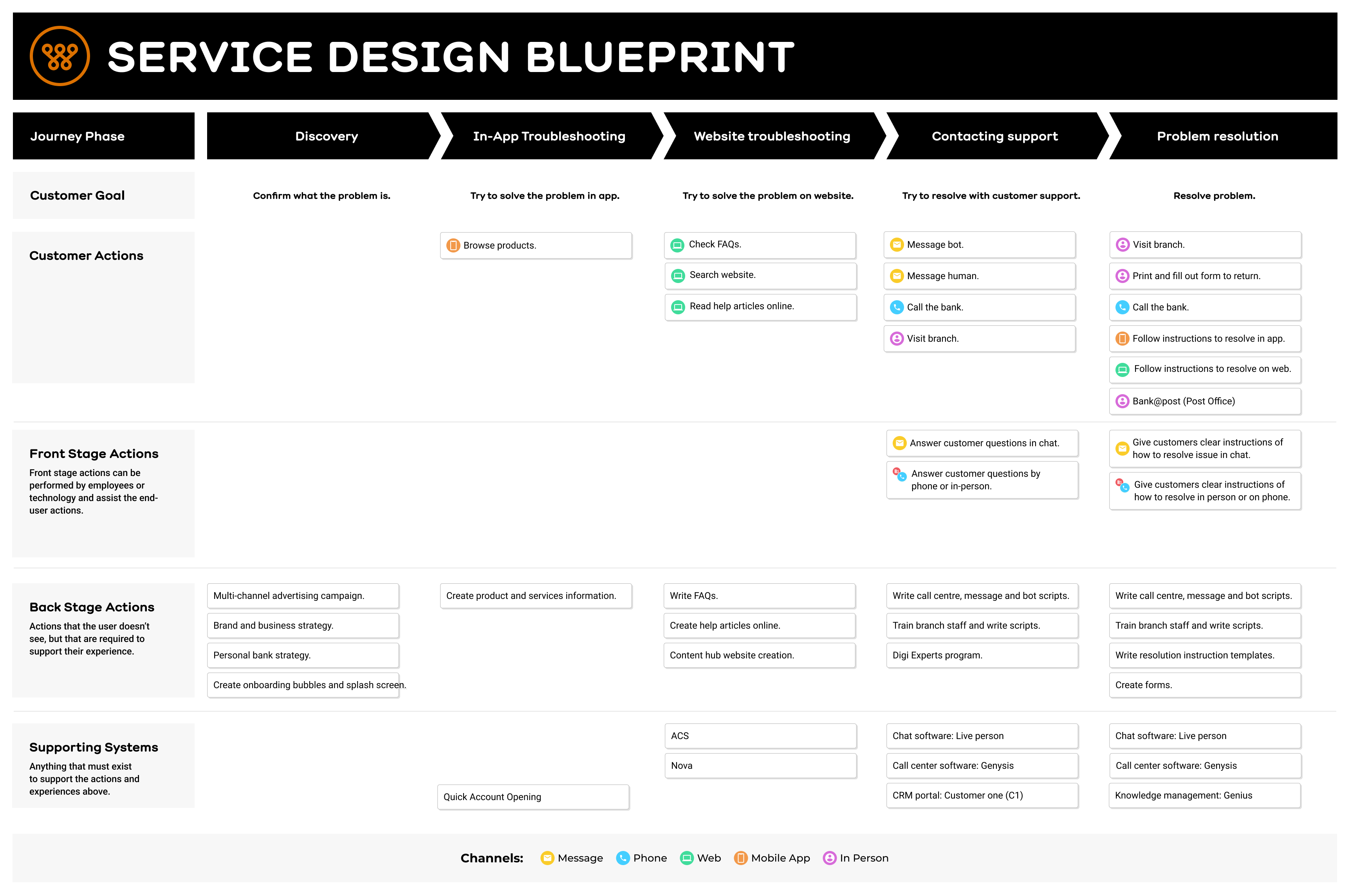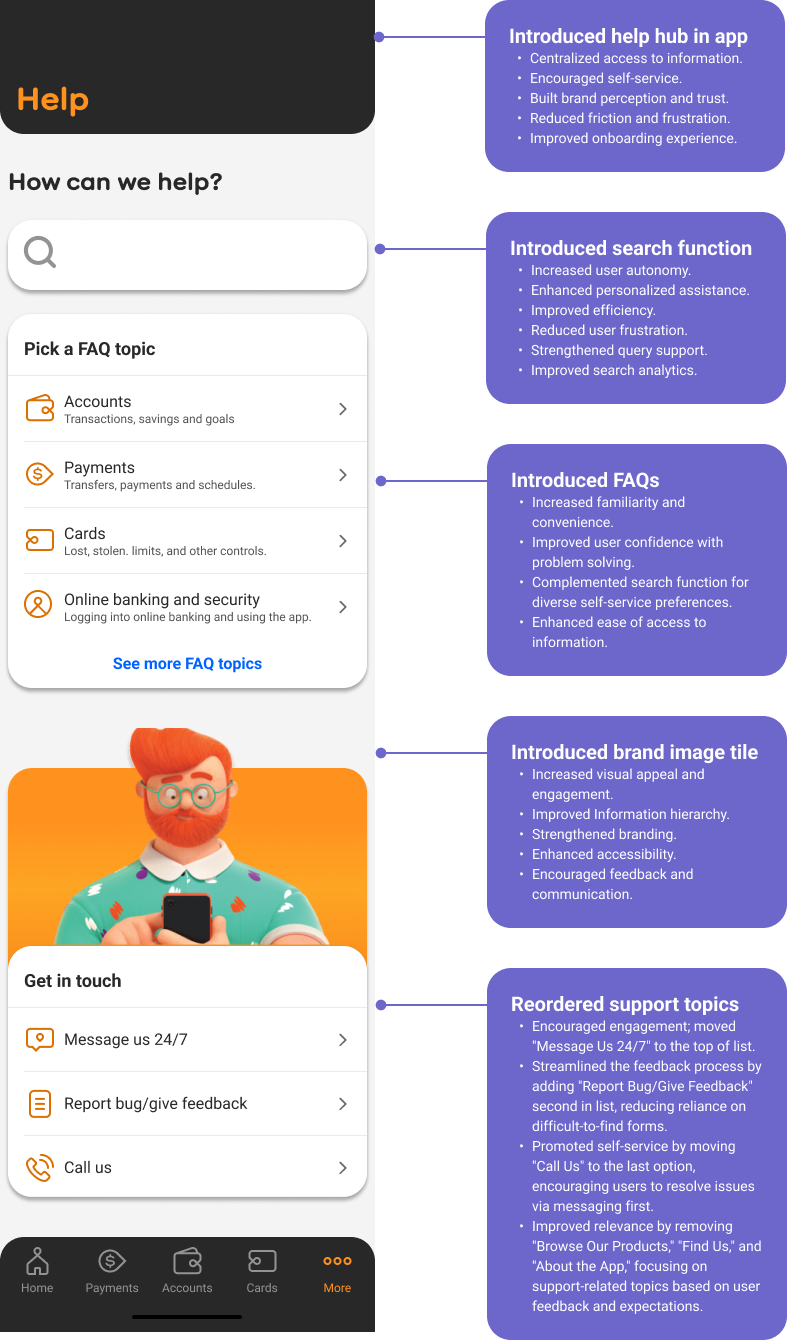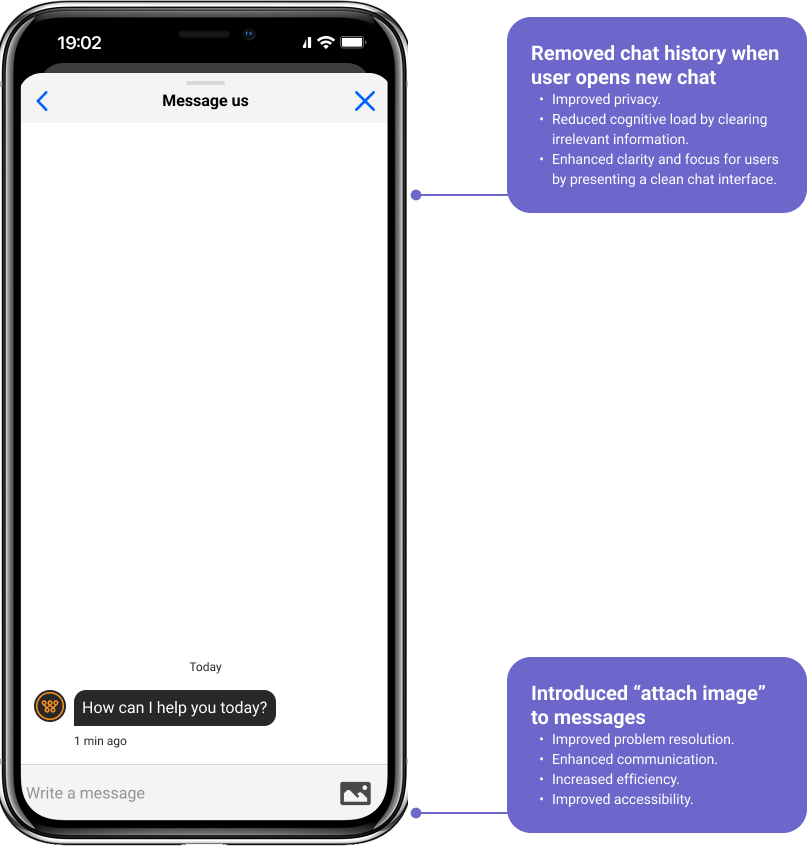"Revolutionising in-app support"
The brief: Reduce call volume to the bank and enhance in-app support, then break the project into smaller, actionable initiatives for incremental improvements.
The problem: Limited in-app support left customers with little choice but to call the bank for help, leading to 25,000 calls per month (50% abandonment rate), low NPS due to customer frustration, and employee burnout.
The solution: To empower users to resolve key issues without calling the bank, I:
✅ Designed a dedicated Help page.
✅ Prioritized the “Message Us” feature.
✅ Digitized the dispute transaction process.
Key tools: Figma, Askable, Teams, JIRA.
Key methods:
● Current state analysis (tree node diagram).
● Competitor and comparator analysis.
● Service Design Blueprint.
● User interviews.
● Analytics analysis.
● Sketching, wire-framing, UI Design and prototyping.
Delivered: My research, insights, and designs were implemented across key initiatives, including the “Message Us” feature, in-app search, and a digitised transaction dispute process. I led the final UI design for the transaction disputes feature.
Data driven approach
We analyzed feedback from 400+ customers over six months from:
● Surveys and adobe analytics.
● Reviews and complaints.
● Call centre and branch interactions.
● Website searches and help pages.
● Digital conversations (messaging).
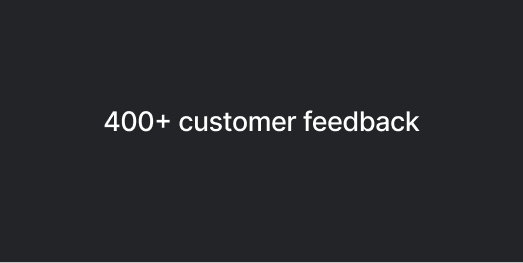
Quantitative data uncovered key call drivers
The synthesised data revealed the top 10 call drivers, with 7 already being addressed by other squads. The remaining 3 were:
● Transaction disputes (20%)
● Overseas travel inquiries (5%)
● Form-related issues (10%)
Benchmarking industry standards
To ensure Bankwest’s in-app support met the highest standards, I conducted an extensive competitive and comparator analysis which uncovered:
● Ideas for enhancing the chat feature, FAQs, and information architecture (IA).
● Best practices for in-app customer support.
Identifying key in-app support gaps
Using a detailed tree node diagram, I analyzed the bank’s existing in-app support experience, uncovering friction points and opportunities for improvement, including:
● Help location intuitiveness – where do users expect to find support?
● Relevance and prioritization – which support topics matter most to users?
● Chat experience clarity – what do users expect from chat?
Qualitative research revealed user pain points and expectations
To uncover the root causes of customer friction and optimize in-app support, I conducted 10 target user interviews with Bankwest app customers. The interviews focused on five key tasks:
● Task 1 – A card sort to assess the relevance of different help topics.
● Task 2 – A card sort to identify which topics users find most/least helpful and why.
● Task 3 – An activity to explore where users expect to find support in-app and uncover pain points with current support locations.
● Task 4 – Questions to understand user preferences, behaviours, and experiences with calling the bank.
● Task 5 – An activity to learn about user expectations, preferences, and pain points with messaging the bank.
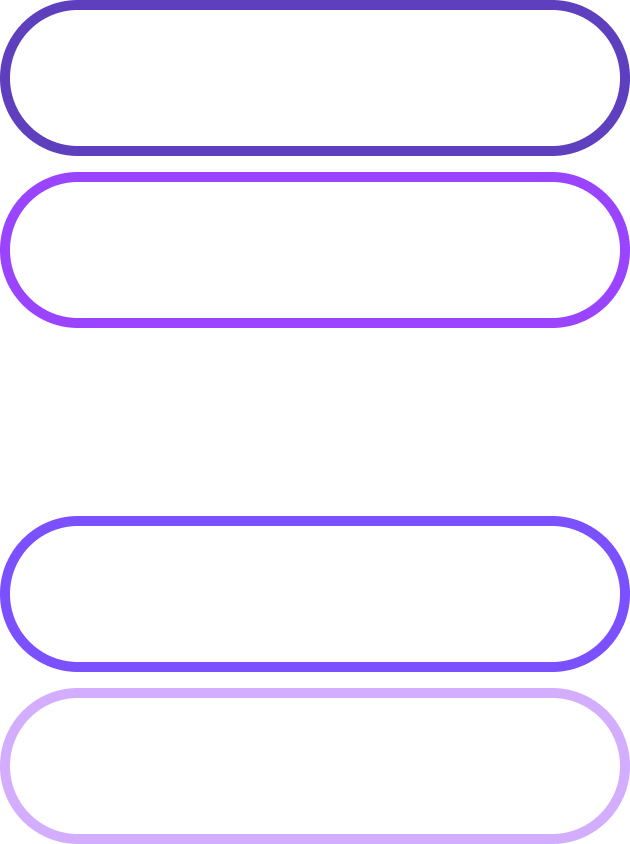
Emerging themes
Through digital affinity mapping, I synthesized feedback from user interviews and research, uncovering key themes around customer expectations and pain points. This process revealed how users interact with Bankwest’s in-app support and identified areas for improvement, forming the foundation for deeper insights into specific issues.
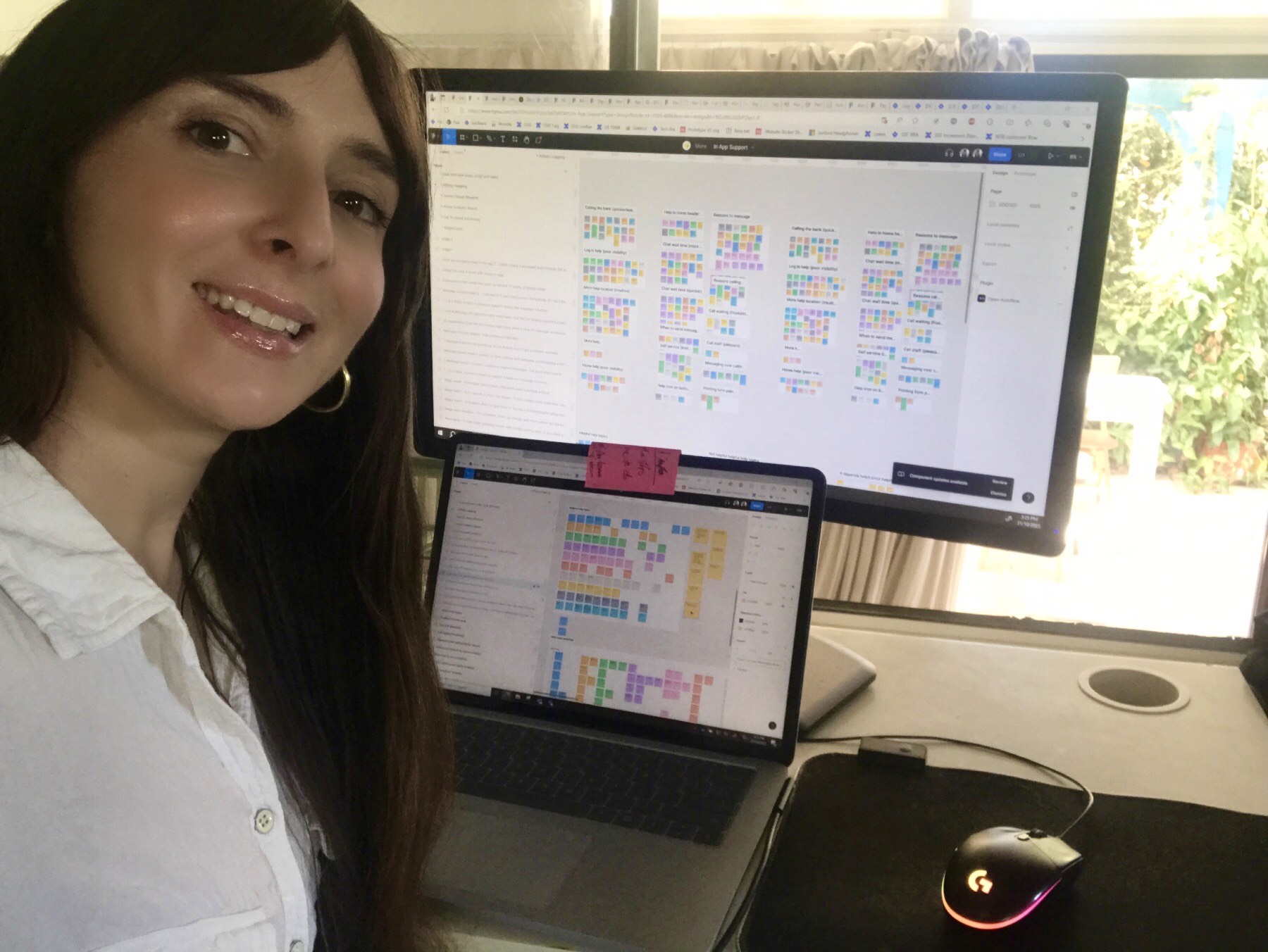
Key user insights drove design solutions
Building on the emerging themes, I documented findings and pinpointed actionable insights, which enabled me to drive targeted design solutions. Some of the key insights were:
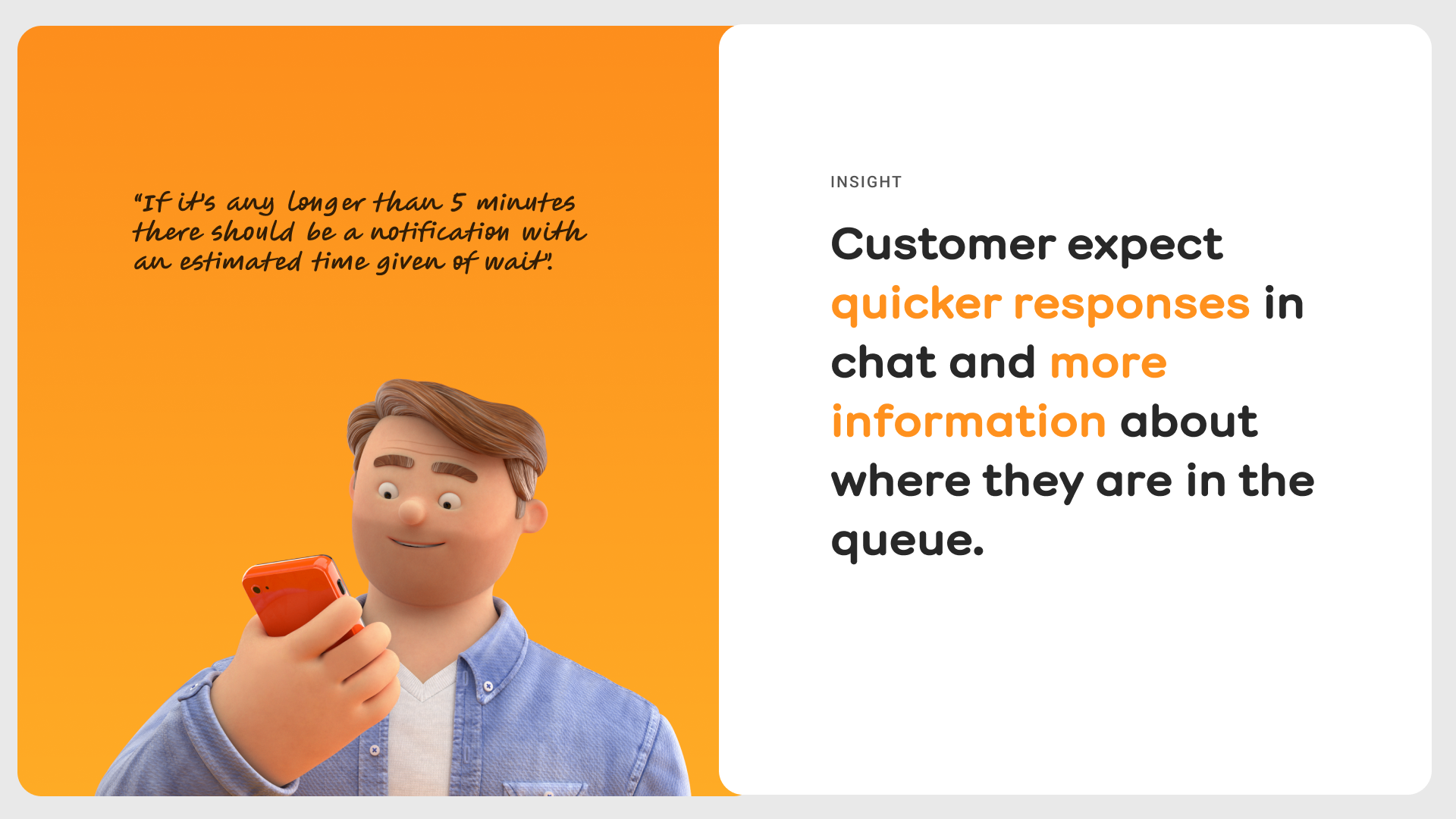
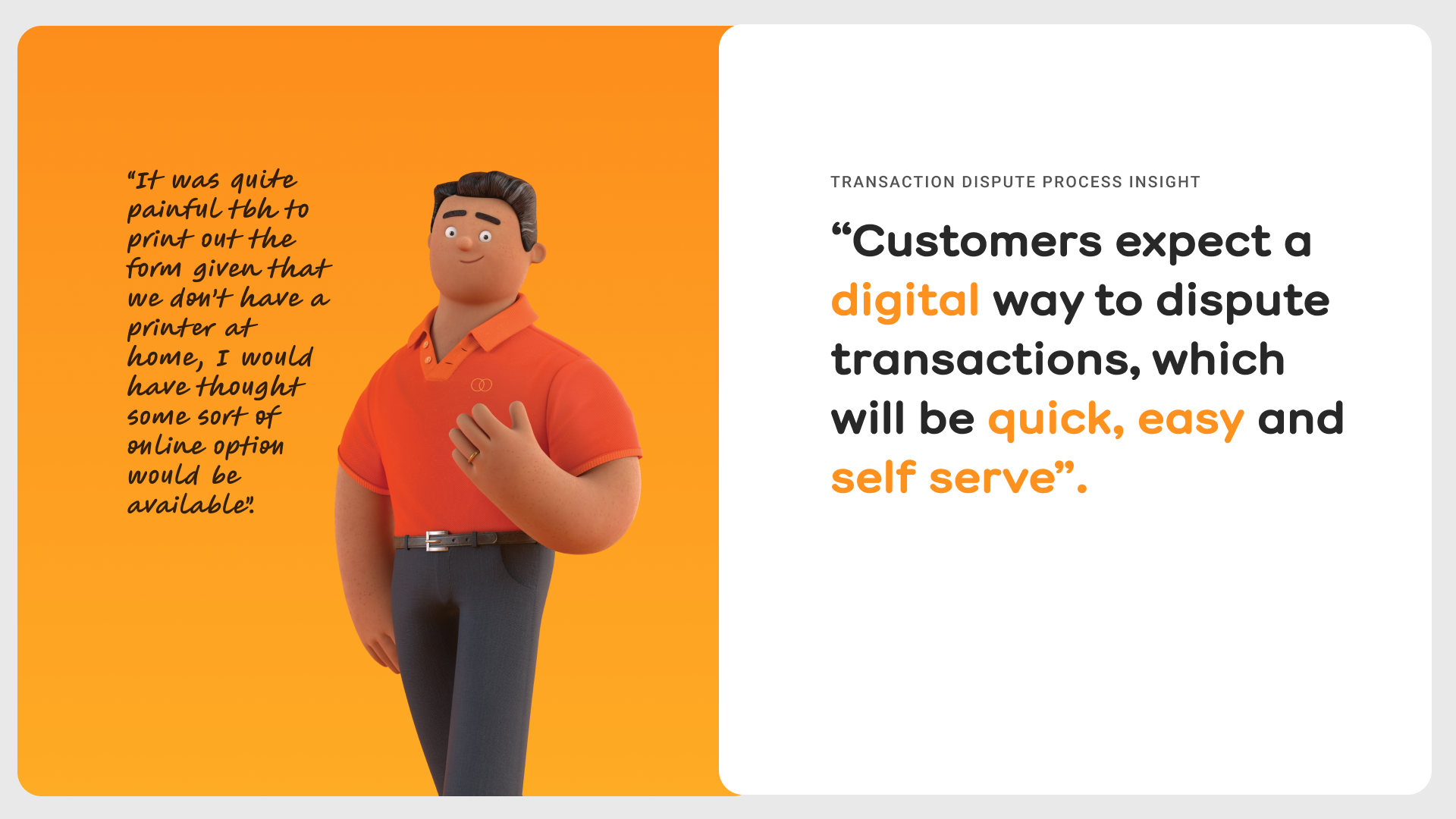
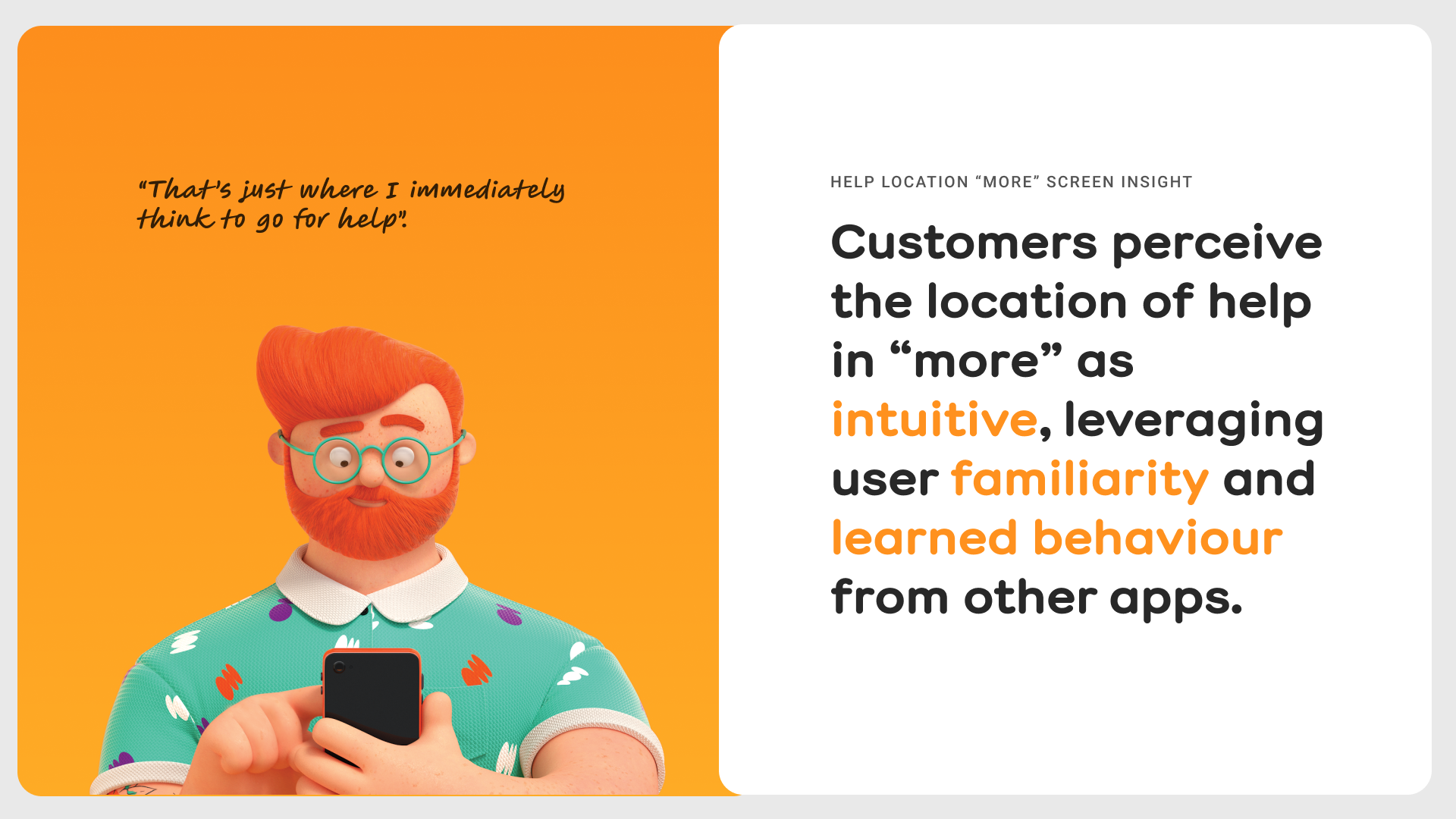
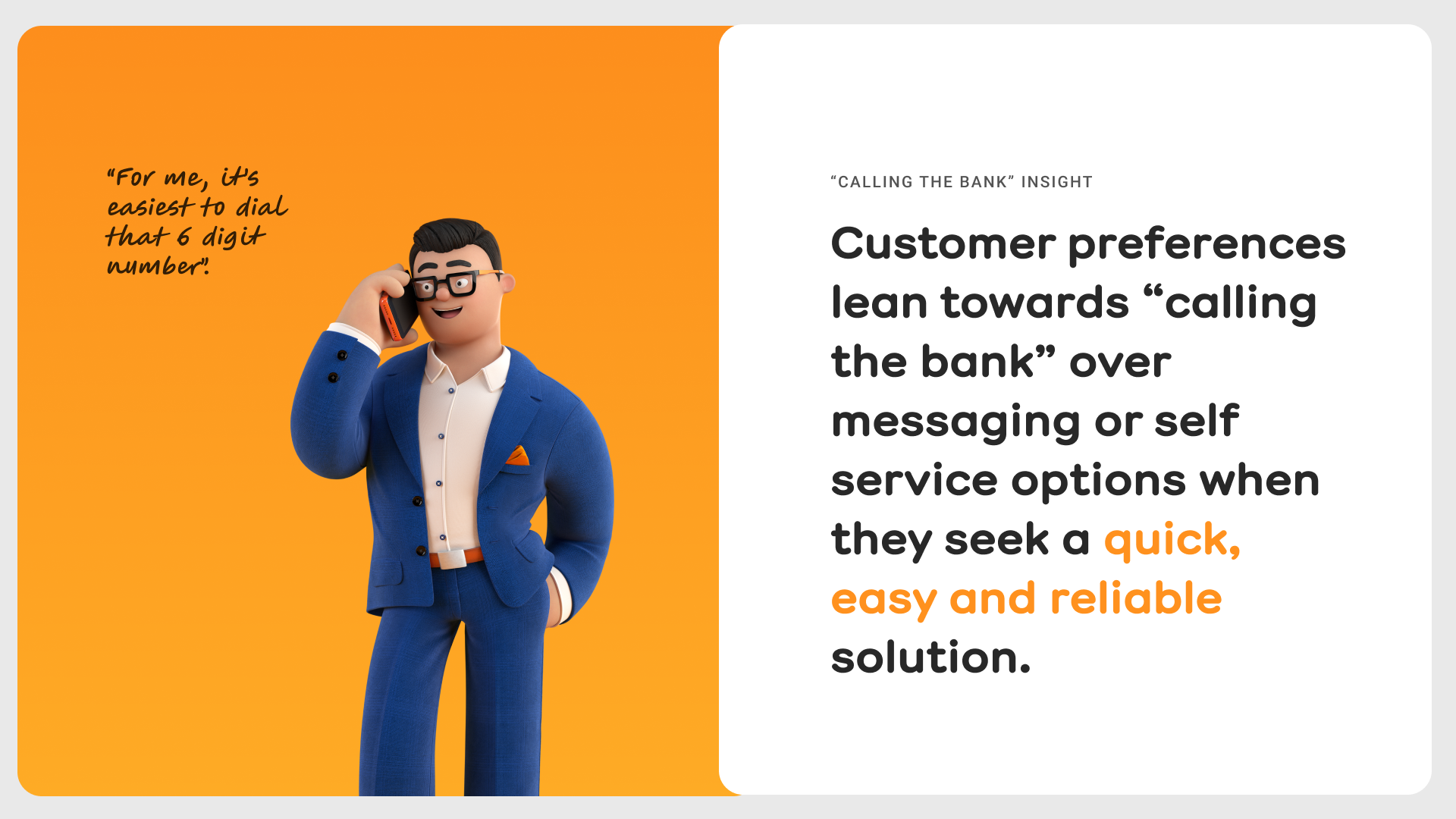
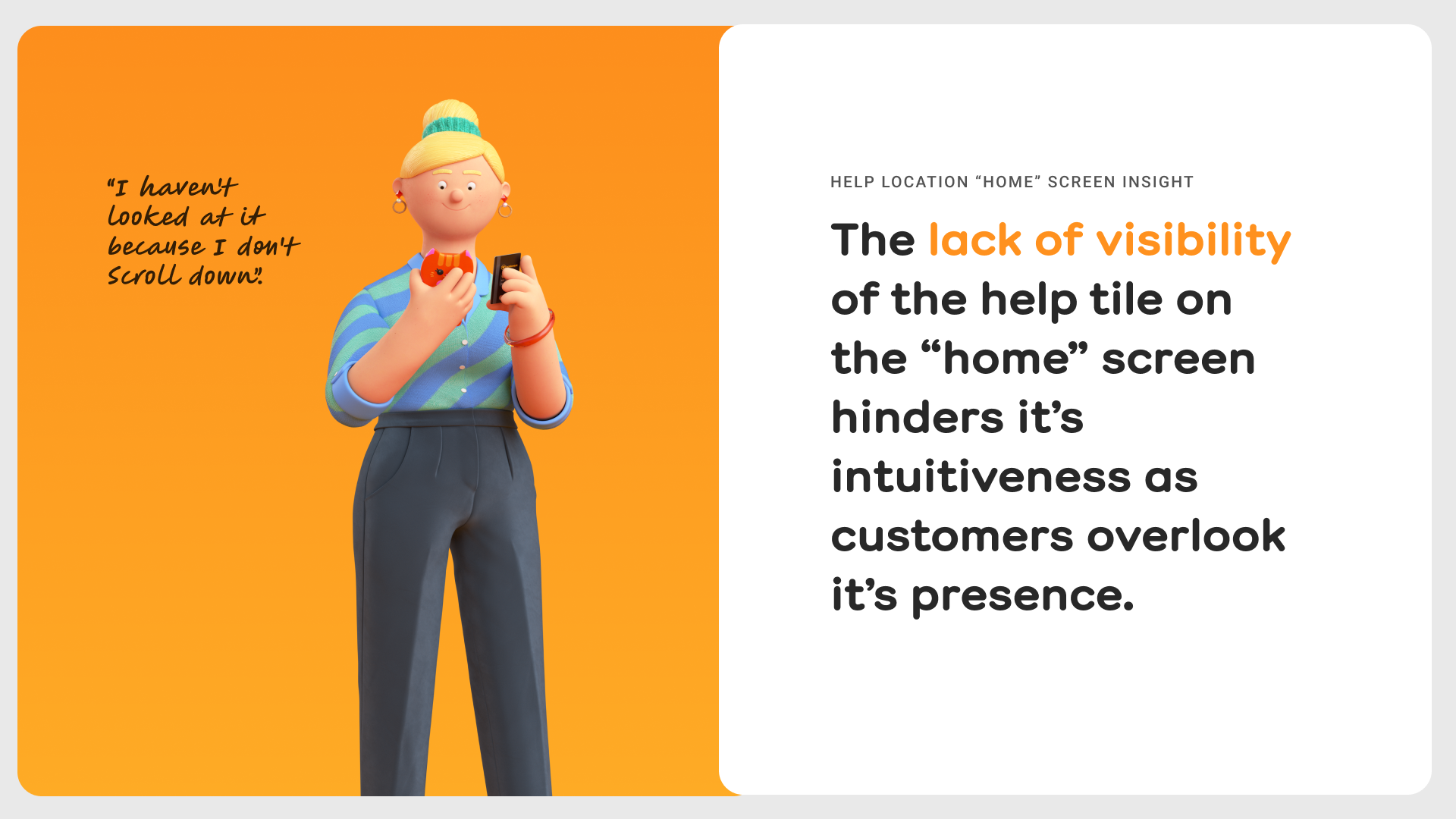
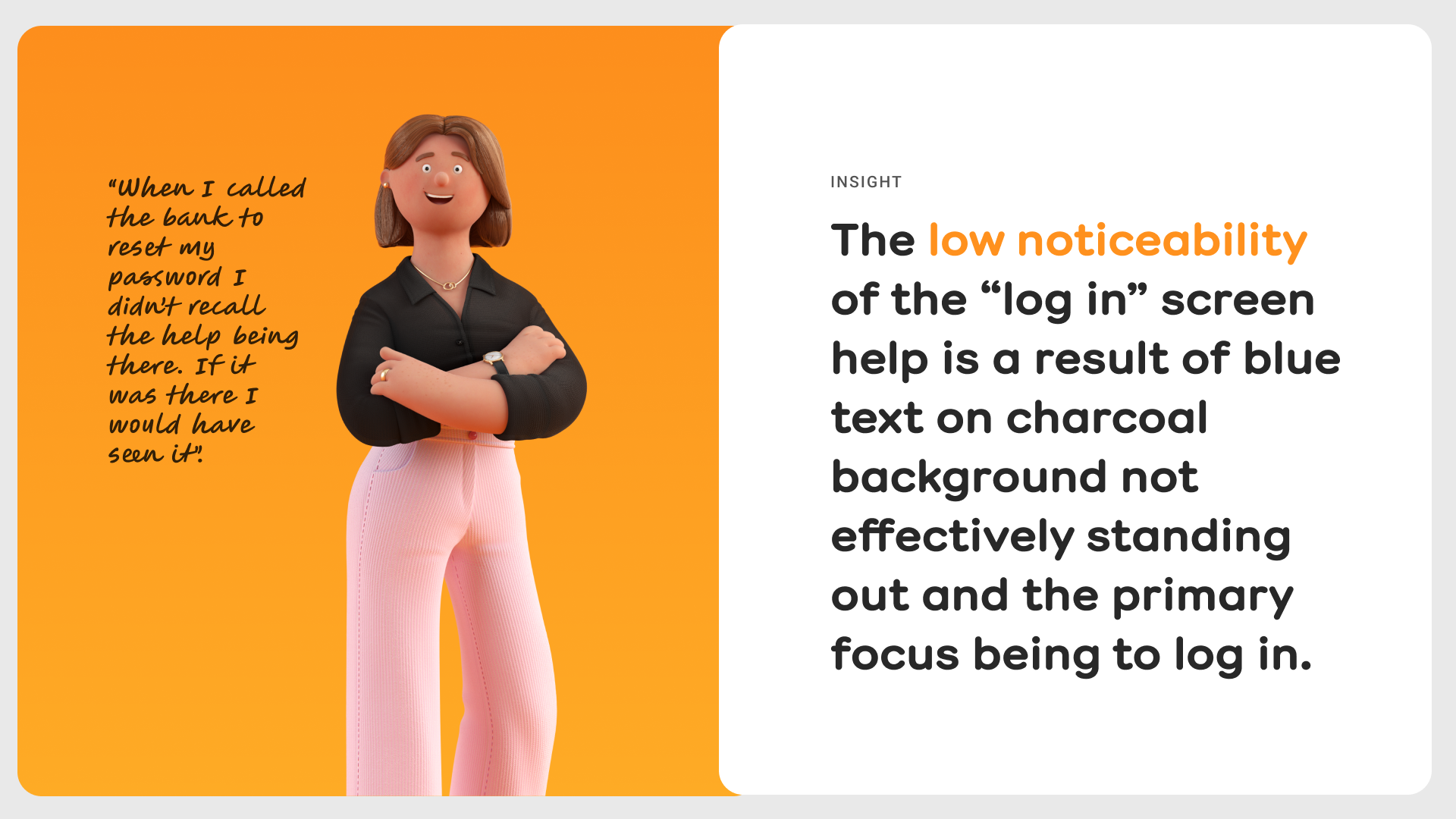
Understanding gaps in our processes to enhance efficiency
I created a service design blueprint to map the customer journey in problem resolution, revealing inefficiencies and opportunities for digital transformation. Customers often had to visit a branch, use Bank@Post, or complete physical forms to resolve issues—friction points we aimed to eliminate in order to achieve our vision of becoming a digital-first bank. This blueprint helped us identify the gaps we needed to fill to realise that vision and truly support our customers in app.
Leveraging others superpowers
I collaborated with the Self-Service First, Website, Digital Conversations, and Daisy squads, as well as the Bank’s Customer Insights Manager. Together, we reviewed findings from a survey of 442+ customers, confirming that in-app resolution of transaction disputes was a top priority. This collaboration ensured my solutions were in line with user needs and the broader organisational strategy at the bank.
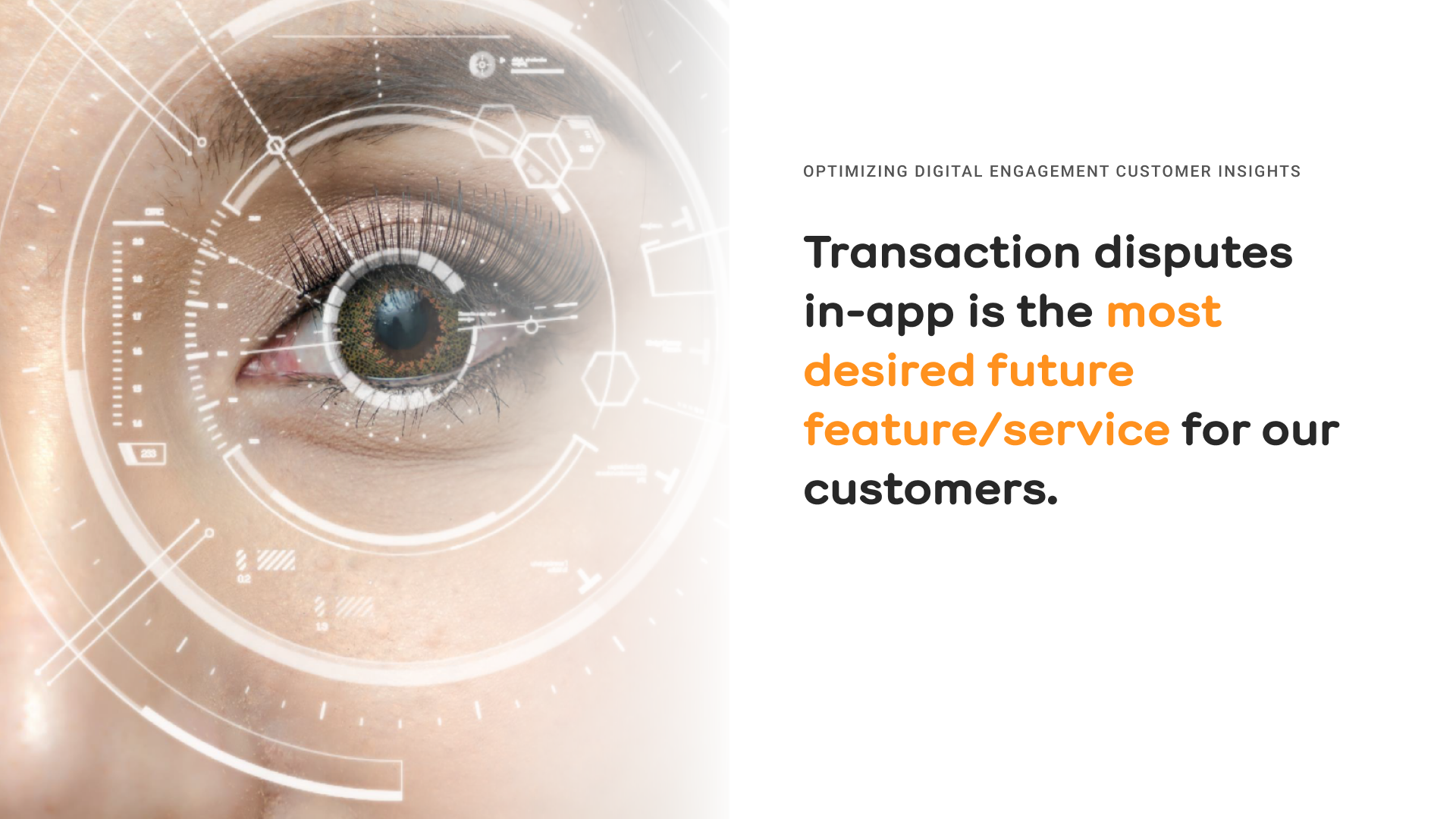
Empowering users with an in-app help hub
I designed the help hub based on research insights, creating sketches, wireframes, and refining the concept before presenting it to stakeholders.
Uplifting the "message us" feature
Uplifting messaging was key to enhancing in-app support, offering customers a simple way to communicate via chat without having to call the bank.
Digitizing transaction disputes
Seeing the high potential for impact, I championed the digitization of the transaction dispute process. When the Self-Service First squad couldn’t take on the initiative, I proactively joined the Daisy squad, who were working on the backend solution, and successfully expanded the scope to include the front-end digital form. I led the UX design to bring this high-value feature to life. Here are my initial sketches and wireframes.
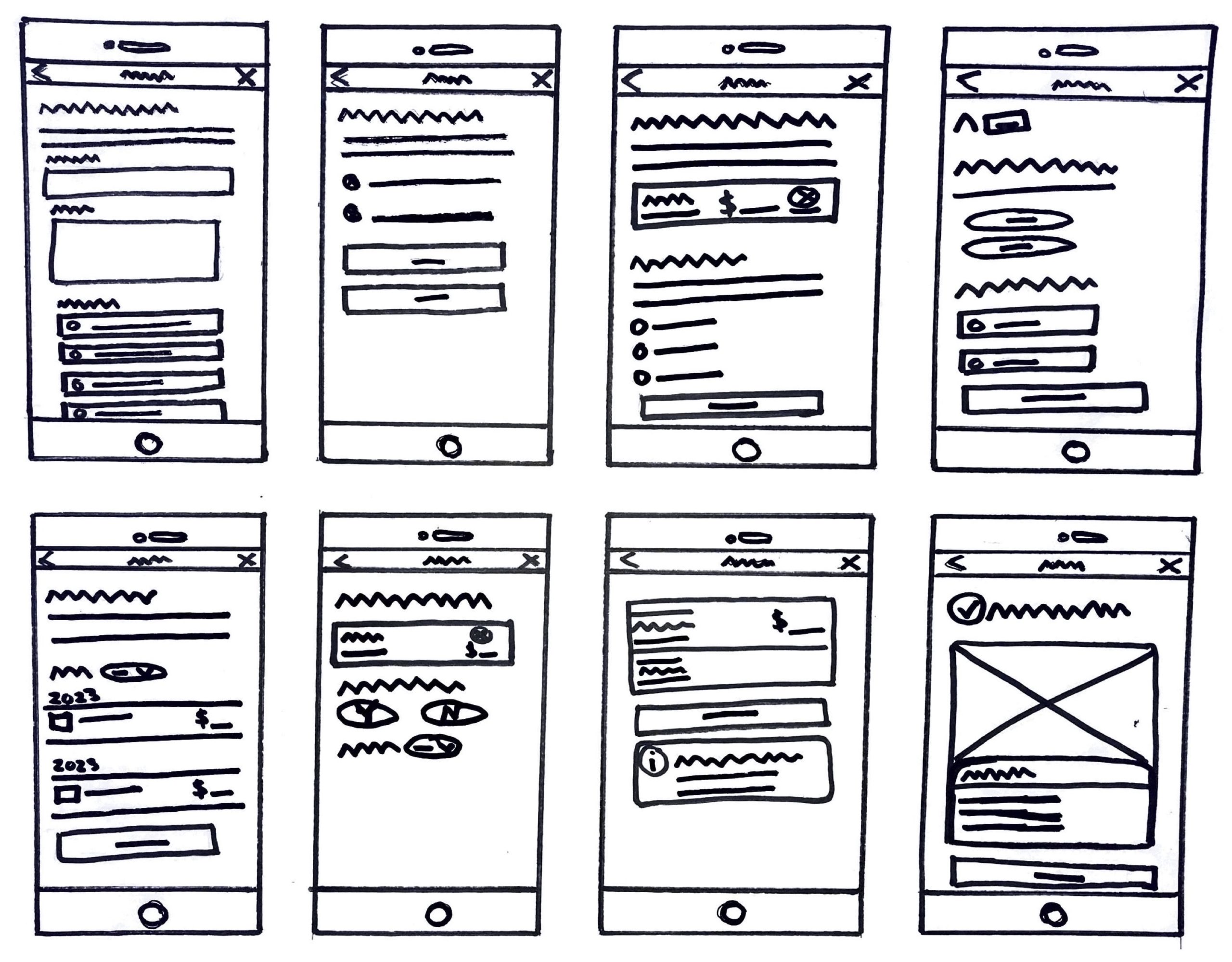

A game changing feature
I represented UX in cross-functional workshop sessions with compliance, developers, BAs, and POs to align the transaction dispute flow with business goals and regulations. We refined user flows, addressed technical requirements, and ensured the solution was compliant and development-ready.
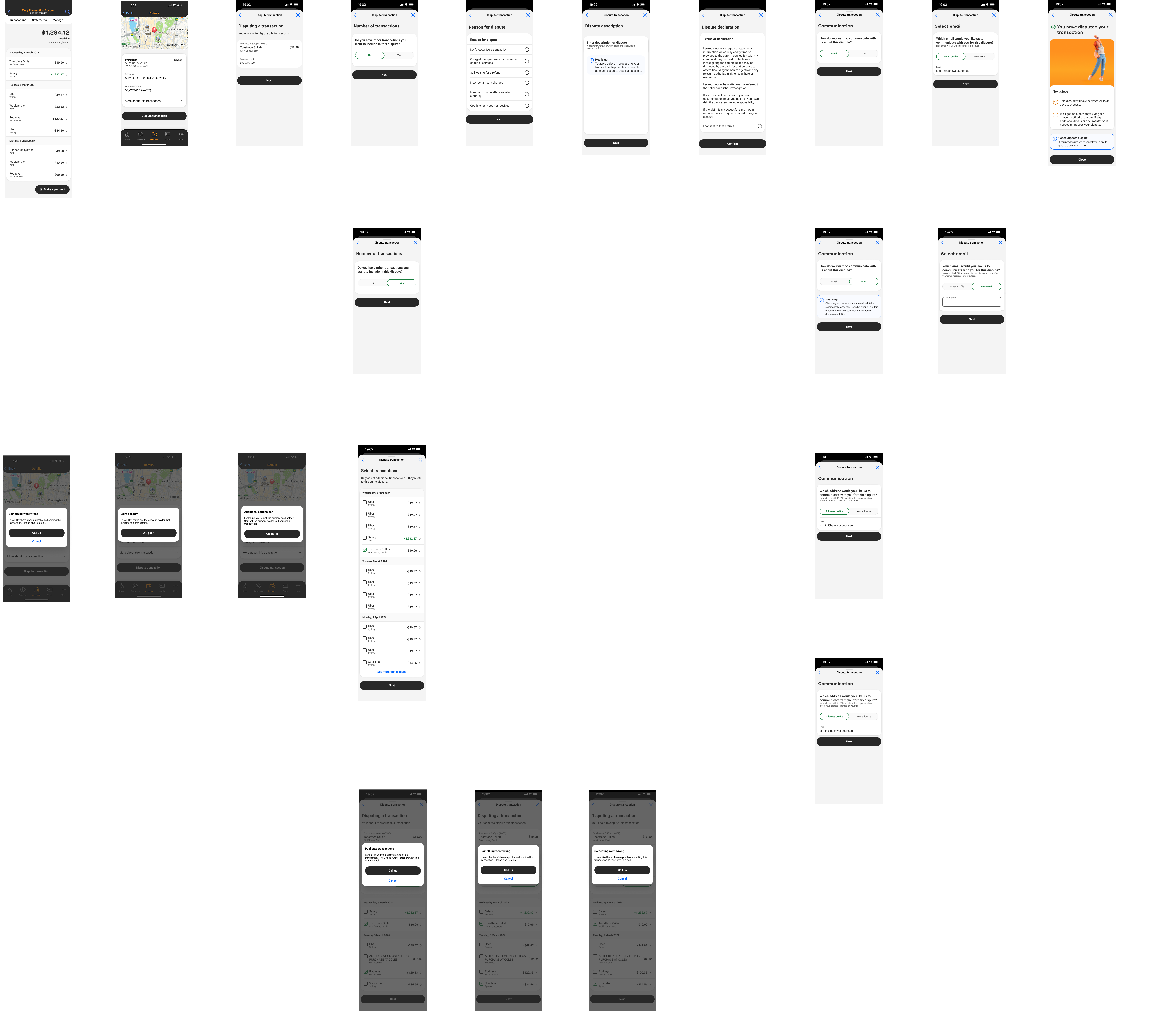
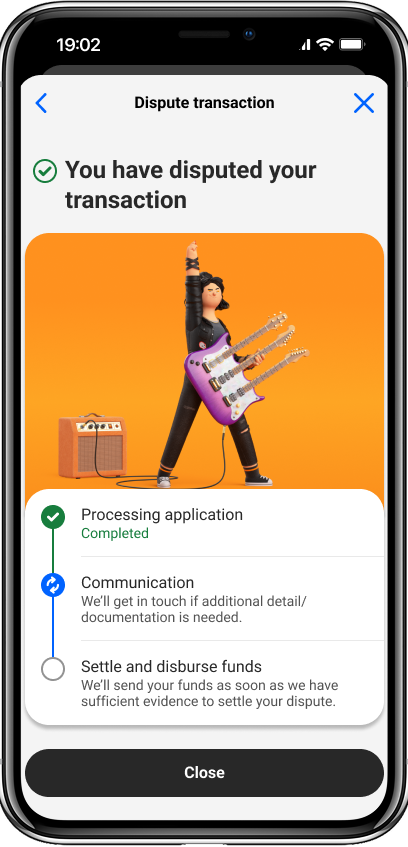
Further recommendations
● Marketing and engagement – Drive adoption of “Message Us” through EDMs, in-app notifications, flash screens, call hold messages, and digital onboarding.
● Service design optimization – Ensure sufficient resources are allocated to handle the additional chat traffic before launching message us uplift.
● Visibility and accessibility – Explore help hub entry points and UI, including iconography options, across key screens for easier access.

Ensuring lasting impact
After a company restructure, the project evolved into three key initiatives: self-service transaction disputes, chat feature enhancements, and the help hub/search function. I joined the self-service transaction dispute squad to ensure its continued progress while handing over work critical for the other initiatives. My contributions laid the foundation for scalable, user-centered solutions that have since empowered customers, reduced friction, and driven Bankwest’s digital evolution.
